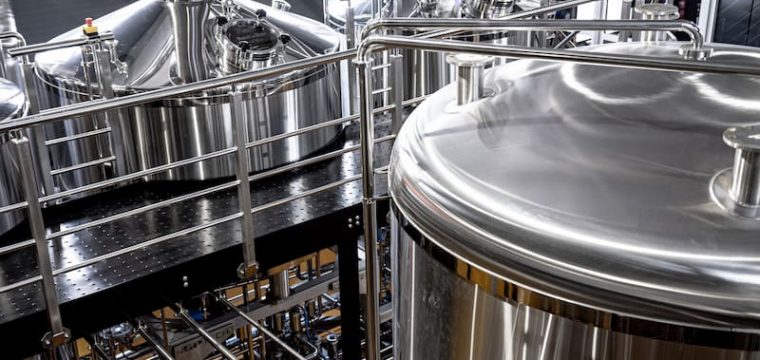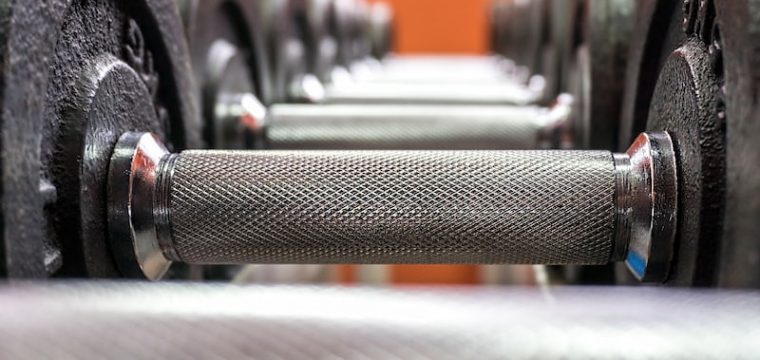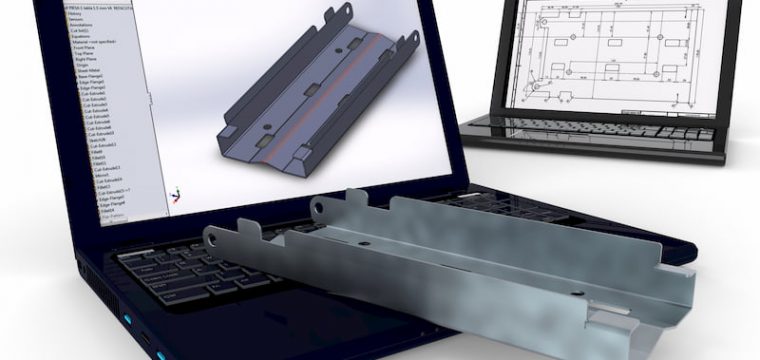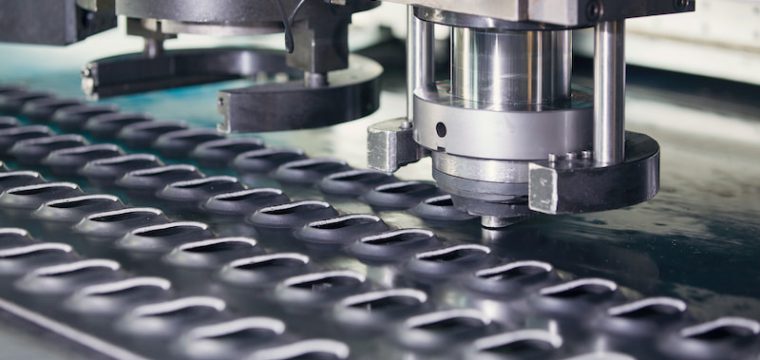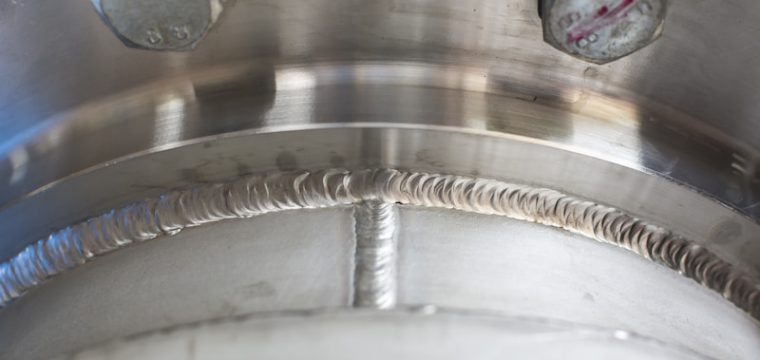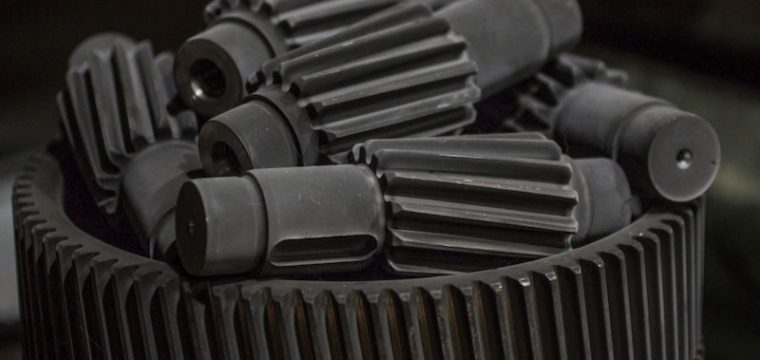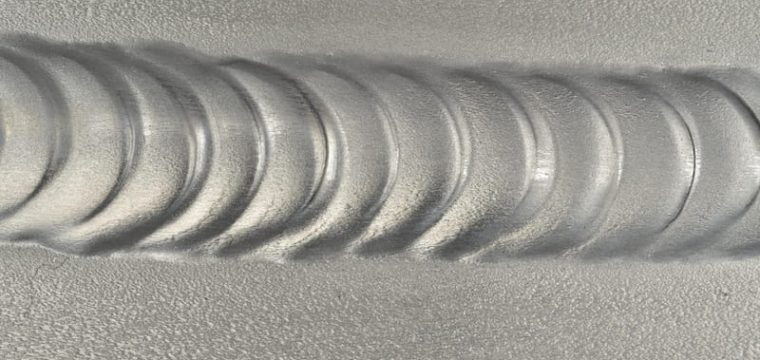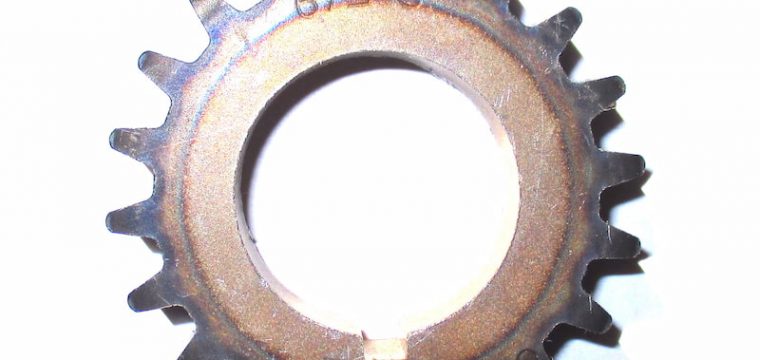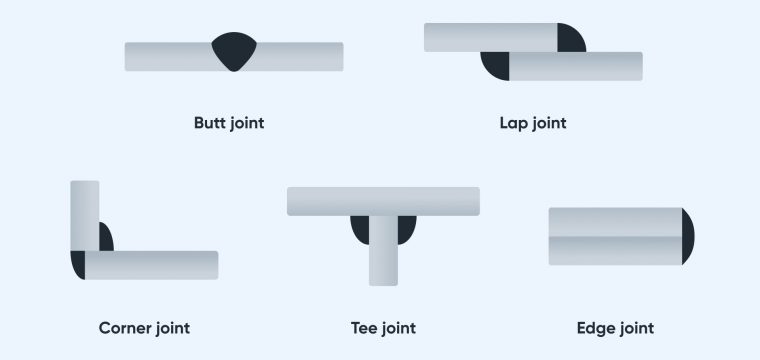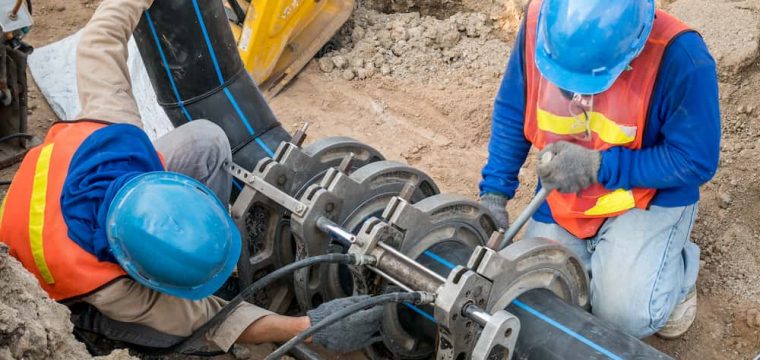Engineering Blog
Categories
- Tolerances
- CAD-CAM
- Machine Components
- Product Updates
- Project Management
- Learn from Engineers
- Fabrication Methods
- Engineering Materials
- Product design
- Company News
- Welding
- Procurement
- Casting
- Supply Chain
Posts
-

Electropolishing Explained – How It Works, Benefits & More
22. August 2023When metallic components come out of manufacturing or fabrication, they generally require some type of surface finishing process to improve their appearance or corrosion resistance properties. Sometimes, these treatments may […]
-

Knurling Explained – What Is it, Methods & Applications
11. August 2023Knurling is a post-finishing process wherein a textured pattern is created on the surface of a workpiece. Early knurling processes were performed by hand, but the introduction of turning and […]
-

Advantages of CAD & Why Every Engineer Should Be Using It
01. August 2023CAD is an acronym for Computer-Aided Design. It refers to the method of using computer software to create virtual models of proposed products. There is a variety of CAD software […]
-

Carburising Explained – How It Works, Benefits & Types
27. July 2023Carburising is a traditional and reliable thermochemical process used by small workshops as well as large industries to harden low-carbon steel parts. The method has seen incredible advancement over the […]
-

Sheet Metal Shearing, Blanking, Punching, Piercing, etc.
29. June 2023Sheet metal fabrication processes involve a variety of methods and tools to cut thin metal sheets (< 6 mm thick) in order to achieve smaller, desirable pieces. These pieces are […]
-

Stainless Steel Welding – Challenges, Methods & Best Practices
16. June 2023Stainless steel is a widely used metal used by most sectors due to its proven durability, corrosion resistance and aesthetic appeal. It shares similar properties to carbon steel but with […]
-

Nitriding Explained – How It Works, Benefits & Types
12. June 2023Many types of heat treatment methods are used across the industry to make metals more suitable for different applications. In this article, we explore a thermochemical surface treatment process that […]
-

Aluminium Welding – Challenges, Methods & Best Practices
30. May 2023Welding aluminium is quite common in the manufacturing and aerospace industries thanks to its unique mechanical properties. Aluminium is lightweight, durable and quite resistant to corrosion, making it an attractive […]
-

Case Hardening Explained – How It Works, Benefits & Types
20. May 2023Case hardening is a metallurgical process that allows us to create special parts with unique properties. In this article, we explore what it is, its process and its applications. What […]
-

5 Types of Welding Joints Explained
03. May 2023Welding joints are the connections between two or more pieces of metal (or plastic) that are created during the welding process. The weld joint design complements the weld structure, the […]
-

Electroplating Explained – How It Works, Types, Benefits & More
20. April 2023Electroplating is a common surface finishing process in the manufacturing industry to coat a material (substrate) with another metal. In recent years, the process has undergone many advances, making it […]
-

Welding Processes for Plastics Explained
10. April 2023Plastic welding is a fabrication process that joins thermoplastic materials by using heat. It has become an essential tool in manufacturing and engineering as it overcomes some problems related to […]


